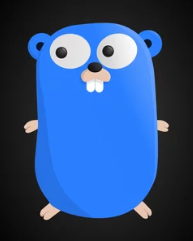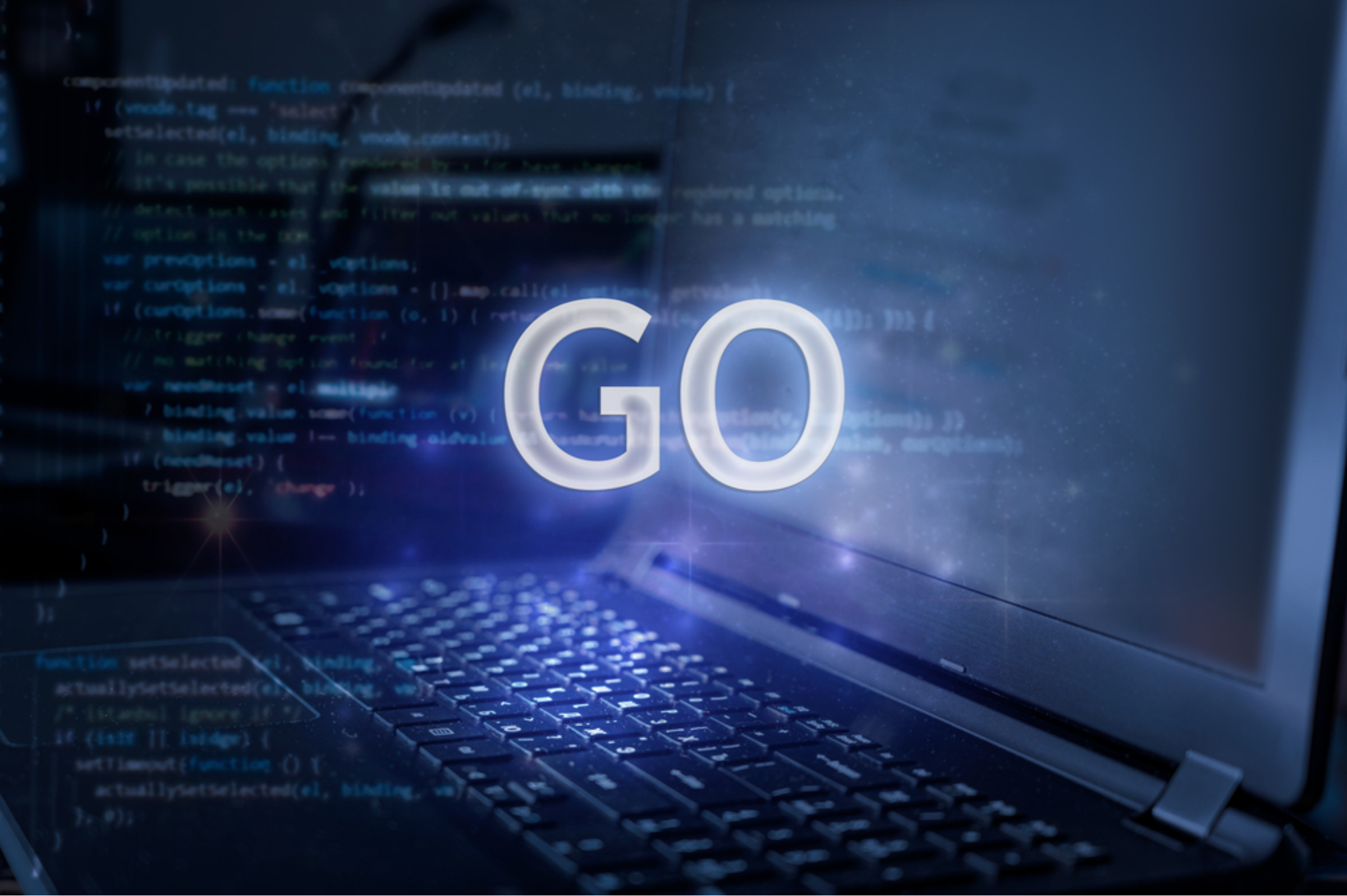Maximizing PDF Accessibility: Creating ADA-Compliant Documents in Golang
 unidoclib
unidoclib
Introduction:
Greetings, fellow Gophers and document enthusiasts! Are you ready to enhance your Golang skills and produce accessible PDFs that comply with the Americans with Disabilities Act (ADA)?
In this blog post, we'll explore the world of PDF accessibility and discover how Golang can empower you to create ADA-compliant documents. Let's get started!
1. Understanding PDF Accessibility:
Before we delve into Golang specifics, let's grasp the significance of PDF accessibility. Inclusivity is no longer optional; it's essential to make PDFs accessible to people with disabilities.
ADA compliance ensures that individuals with visual impairments, motor disabilities, or other challenges can access, navigate, and understand the content in your PDFs. Embracing accessibility helps you reach a broader audience and demonstrate your commitment to inclusivity.
2. The Power of Golang in PDF Handling:
Now that we appreciate the accessibility let's explore why Golang excels in PDF handling. Golang offers a rich ecosystem of libraries that simplify working with PDFs. Whether you need to generate, modify, or extract data from PDFs, Golang has got your back.
We'll look closer at popular Golang PDF libraries like "gofpdf" and "unidoc" and how they enable you to create structured, tagged.
PDFs are accessible to screen readers and assistive technologies.
3. Implementing Key Accessibility Features:
Creating ADA-compliant PDFs involves specific accessibility features. We'll walk you through essential elements, including:
Adding alternative text (alt text) to images and graphics, making visual content accessible through descriptions.
Ensuring proper reading order maintains the logical flow of content when read aloud.
Creating meaningful link text that explains the purpose of hyperlinks enhances navigation for all users.
With Golang's libraries and know-how, you can transform regular PDFs into accessible masterpieces.
4. Testing and Validating PDF Accessibility:
Don't worry; we won't leave you hanging! Once you've implemented accessibility features, thorough testing is crucial. We'll guide you through using tools like PAC (PDF Accessibility Checker) to validate your documents, ensuring they meet necessary accessibility standards.
5. Embracing Continuous Improvement:
Accessibility is an ongoing journey. We'll share best practices for maintaining accessibility across PDF versions and updates. By embracing continuous improvement, you can stay ahead of evolving accessibility guidelines and provide a seamless experience to all users.
Conclusion:
Congratulations! You've learned how to create ADA-compliant PDFs with the power of Golang. By understanding PDF accessibility, utilizing Golang libraries, and implementing key features, you can positively impact the lives of people with disabilities.
Remember, accessibility is not just a checkbox; it's a commitment to inclusivity and equal access to information. So, let's join hands in making the digital world a more inclusive place, one accessible PDF at a time.
Happy coding, and until next time!
Subscribe to my newsletter
Read articles from unidoclib directly inside your inbox. Subscribe to the newsletter, and don't miss out.
Written by

unidoclib
unidoclib
Welcome to our Hashnode profile, where we share our expertise in PDF and office document generation and manipulation in Golang. As a company dedicated to creating and publishing content in this domain, we are passionate about utilizing the power of Golang to streamline document handling and enhance user experiences. Our blogs and articles aim to simplify the complexities of PDF and office document manipulation, making them accessible and beneficial for our audience. Whether you're a developer seeking to integrate powerful document generation capabilities into your projects or an enthusiast interested in learning more about Golang's potential, we've got you covered. Join us on this exciting journey as we explore the advanced features of the Golang PDF library, uncovering its hidden gems to create stunning and functional documents effortlessly. From rendering text and images to seamless page manipulation and implementing advanced features like watermarking and digital signatures, we cover various topics to cater to multiple interests. As an organization that values collaboration and growth, we encourage you to connect with us and share your thoughts, ideas, and questions. Let's foster a vibrant community where we can learn from one another and push the boundaries of document handling in Golang. Stay tuned for regular updates as we continue to provide valuable insights, tips, and practical examples, empowering you to harness the full potential of Golang for efficient document generation and manipulation. Thank you for being a part of our journey, and we look forward to embarking on this exciting adventure together!